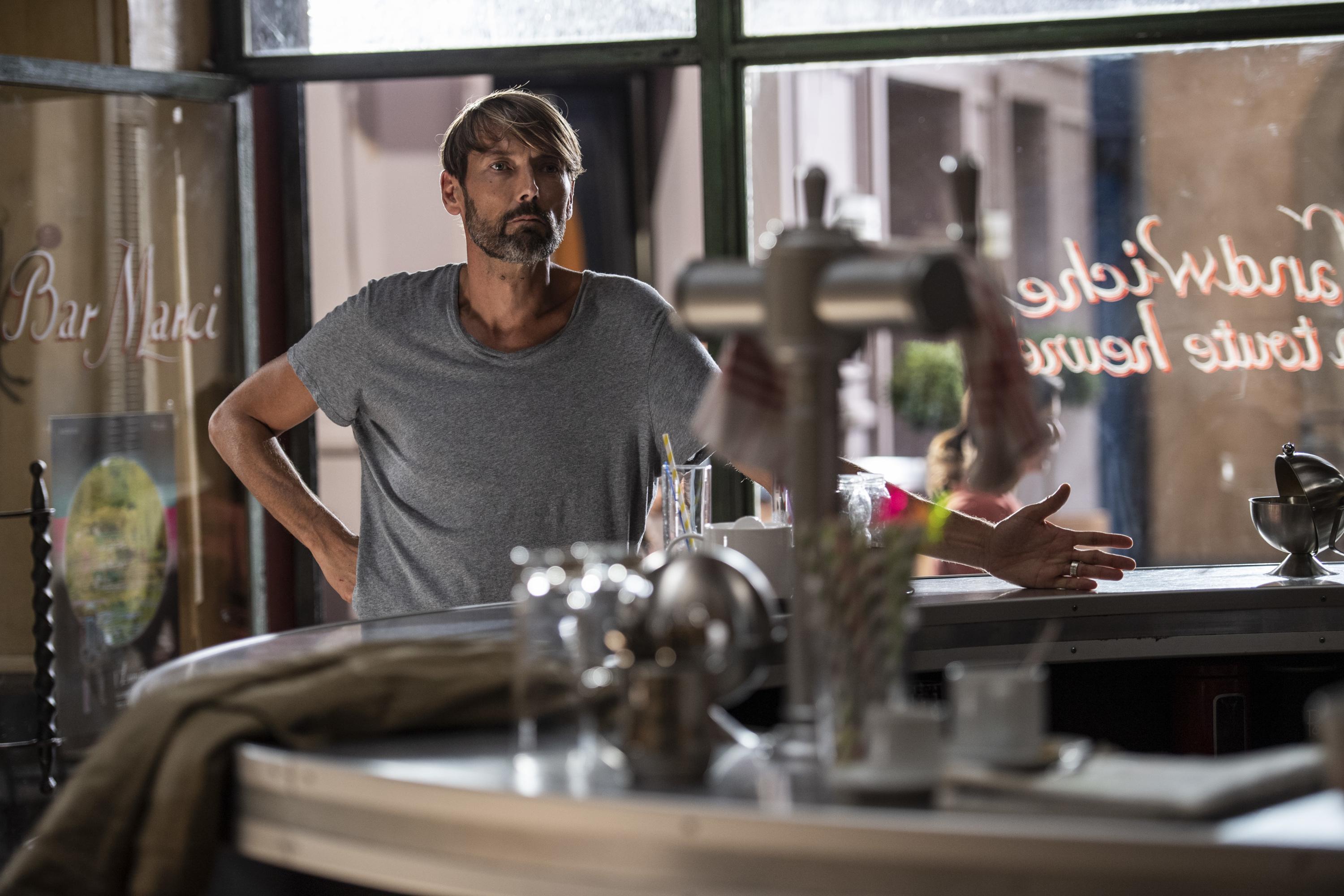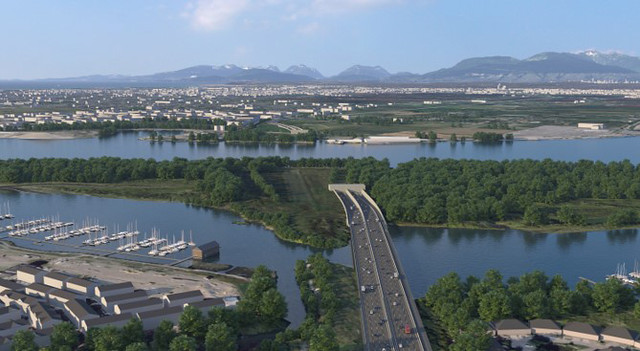Mace Construct CEO Gareth Lewis tells CN’s Joshua Stein why he’s more upbeat than he has been for years about the firm’s growth areas, and hits back at recent claims about the fire safety of offsite construction
Mace is planning to expand into the battery-plant sector as the firm looks to grow its contracting business further.
That’s just one of the burgeoning areas where the company is eyeing growth, Mace Construct chief executive Gareth Lewis tells Construction News.
In an interview in the company’s Moorgate offices in the City of London, the boss – who has worked for Mace since 1994 and led its construction business since 2019 – is certainly upbeat.
“We’re in multiple markets and that’s great – as one dips, others grow”
A move into the world of battery plants – which is not without risk given the recent problems of Britishvolt’s attempt to establish a major electric-car-battery gigafactory – would follow the contractor’s foray into other new areas in recent months.
These include the life-sciences sector, where Lewis describes the four jobs it landed in 2022 as “unheard of” in the first year of operating in a new sector. One of these projects was the first phase of a £100m expansion of research facilities at Oxford University’s Begbroke Science Park in Kidlington.
Steps to success
He says the company took “small steps” to research the battery-manufacturing sector over the course of 2022. “Moving into new markets does take a little bit of time,” Lewis admits.
But he insists Mace has an advantage through its experience in the data-centre and semiconductor factory sectors, and the firm spent a lot of time looking at pipelines.
“Last year we won our first semiconductor plant in Ireland, so the idea is growing our technology basis and using those skills in slightly different markets now. And battery-manufacturing plants are very, very similar to semiconductor plants – and, dare I say it, so are data centres. It’s a very similar kind of build sequencing technology.”
Although its accounts for the period are not yet finalised, Lewis says Mace Construct – the contracting arm of the business – turned over £1.35bn in 2022. He predicts this will rise to £1.7bn in 2023 as a result of its growth in the life-sciences arena as well as the office- and major-project sectors. Its latest published accounts show its revenue stood at £1.48bn in the year to 31 December 2021.
Lewis puts the 2022 dip down to some projects being delayed that are now expected to take place in 2023, while the war in Ukraine also had an impact. Mace chief executive Mark Reynolds told CN in September that a project worth £150m was cancelled due to material shortages exacerbated by the Russian invasion.
Managing growth
Looking ahead, Lewis insists the company is preparing for a pattern of growth not seen for decades.
“I would say this is the first time in about 20 years that every single sector is growing at a manageable rate,” he says, adding this is easier to deal with than a less consistent rate, which can make projects difficult to resource.
Aviation, interiors and education are all growing, for example, and one of the firm’s final project awards in 2022 was a £120m office fit-out job in the City of London, which the firm said was the biggest interiors job it had landed in a decade.
Lewis adds that diversification is “really, really important” to the firm as it continues its growth plans. “We’re in multiple markets and that’s great – as one dips, others grow.”
However, Lewis ruled out making acquisitions in 2023, preferring to grow the arm organically.
A very modern man
Using modern methods of construction has also become a bigger part of its operations, with the firm looking to produce more structures offsite.
The methods, he claims, should help improve fire safety, despite a recent five-page statement from the National Fire Chiefs Council calling for more regulation of the methods and setting out a litany of concerns, including doubts over the competence of some installers.
Lewis insists the techniques actually improve safety. “If you’re designing and fabricating and testing everything offsite, it should be safer. You’re able to see the compliancy in the model before it arrives on site,” he says. “You’ve got a chance to put it right in the factory.”
This, he adds, is much easier than putting things right on site. “[Traditional methods] are not as safe, particularly if you’re building a tower – you can’t easily put things right 40 storeys up in the air,” he notes. “You just have to work harder on the interfaces if the parts are made in different factories.”
Note: This article have been indexed to our site. We do not claim legitimacy, ownership or copyright of any of the content above. To see the article at original source Click Here













